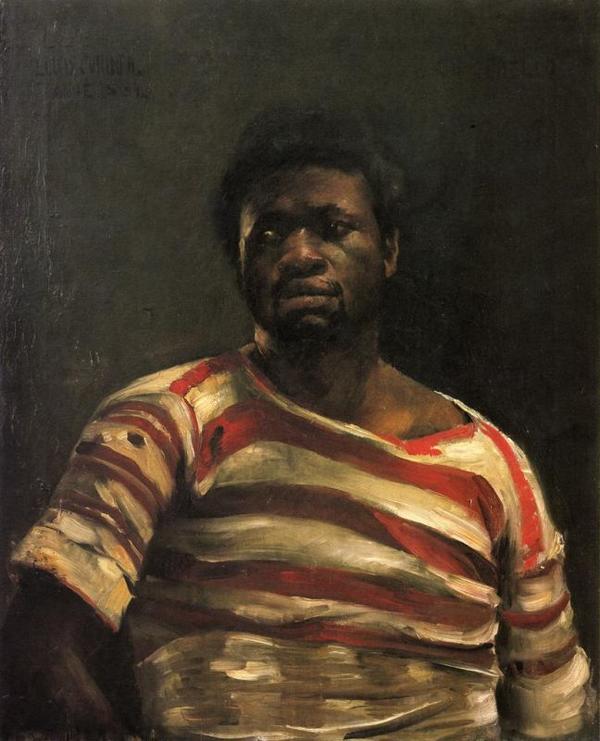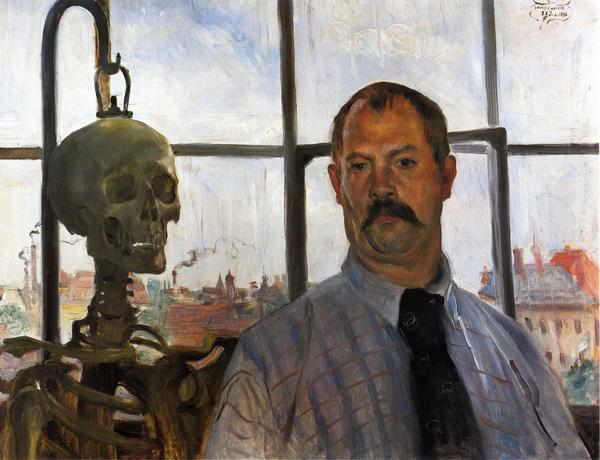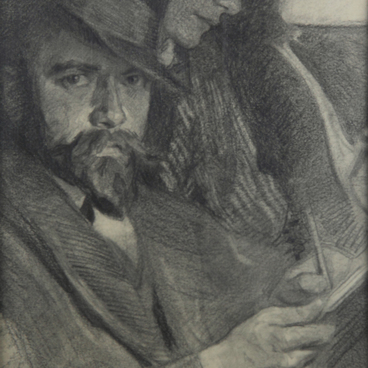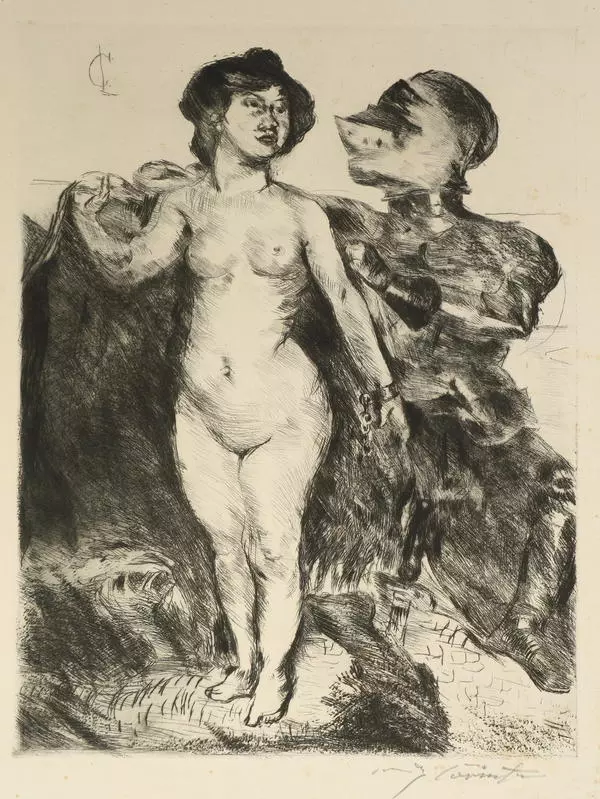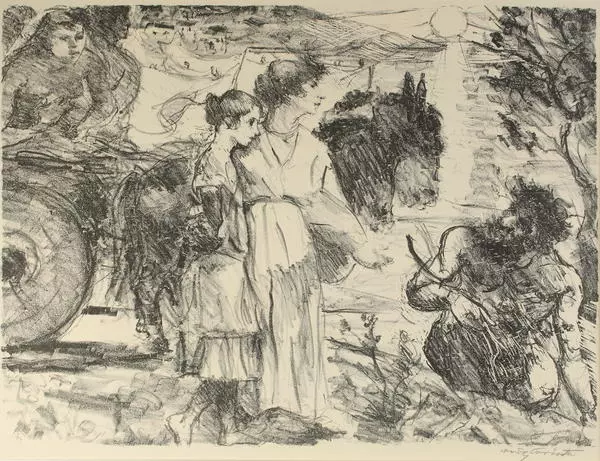German artist Lovis Corinth (1858–1925) was so popular during his life that people would tear the paintings off right from the easel, as he noted in his autobiography. His artistic temperament was appreciated by many, including wonderful Russian artist Leonid Pasternak. Corinth made friends with him in the last years of his life.
1 / 2
Self-Portrait with Wife
Creation period
1904
Dimensions
46x32,7 cm
Technique
Paper, etching
Collection
2
Open in app#4
Lovis Corinth
Self-Portrait with Wife
#7
#10
Corinth was best known for his expressive portraits of his contemporaries and self-portraits, as well as landscapes of extraordinary vitality and power. The first international success came to him in 1884, when he was improving his skills in Antwerp: his painting Conspiracy won the bronze medal at the Salon in London and his work Negro Othello, a surprisingly lively and expressive portrait of a black man, became a focal point at an exhibition in Belgium.
Lovis Corinth. Negro Othello
#11
Corinth was very good at grasping and conveying the sitter’s image primarily in its characteristic form and appearance. He often painted and drew portraits of people close to him. Thus, he often painted Charlotte Berendt, his student, who became his wife in 1903. Corinth also painted quite a few self-portraits – he produced as many self-portraits as Rembrandt.
Self-Portrait with Skeleton
#8
The Self-Portrait with Wife was painted in 1904, presumably for their first wedding anniversary. At that time Corinth with his wife lived in Berlin, and his paintings proved to be very popular. The artist’s wife stands behind him with a rose in her hand. This composition focuses on Woman as the muse, the source of support and inspiration for the maker. In many ways, this painting represents the artist’s idea of marriage.
#12
The figure of the artist is as much important. At that time Corinth searched for his inner self, thus he was engaged in self-observation with regard to his own appearance and moods. Hence the interest in the genre of self-portrait. In the first quarter of the 20th century, the artist often turned to this genre, especially on his birthdays.
#13
The Self-portrait with Wife is executed in the technique of etching, one of the types of easel graphics. To get the image, the artist would scratch a drawing on the surface of a metal plate and expose it to acid (to make the pattern more pronounced). Then he would fill it with ink to transfer the drawing to paper. Corinth learned this technique from his friend Otto Ekman, a well-known German artist and designer.
#14
When Adolf Hitler came to power in Germany, Corinth’s paintings were declared degenerate art, a term adopted by the Nazi to describe the artwork of avant-garde artists that was to be destroyed. Unfortunately, many of Corinth’s works were lost at that time. Today, the Kaliningrad Museum of Fine Arts has one of the largest collections of his works - the collection contains more than a hundred graphic works.
#15
Kaliningrad Regional Museum of Fine Arts
read morehide
00:00
00:00
1x
Self-Portrait with Wife
Creation period
1904
Dimensions
46x32,7 cm
Technique
Paper, etching
Collection
2
Open in app
Share


